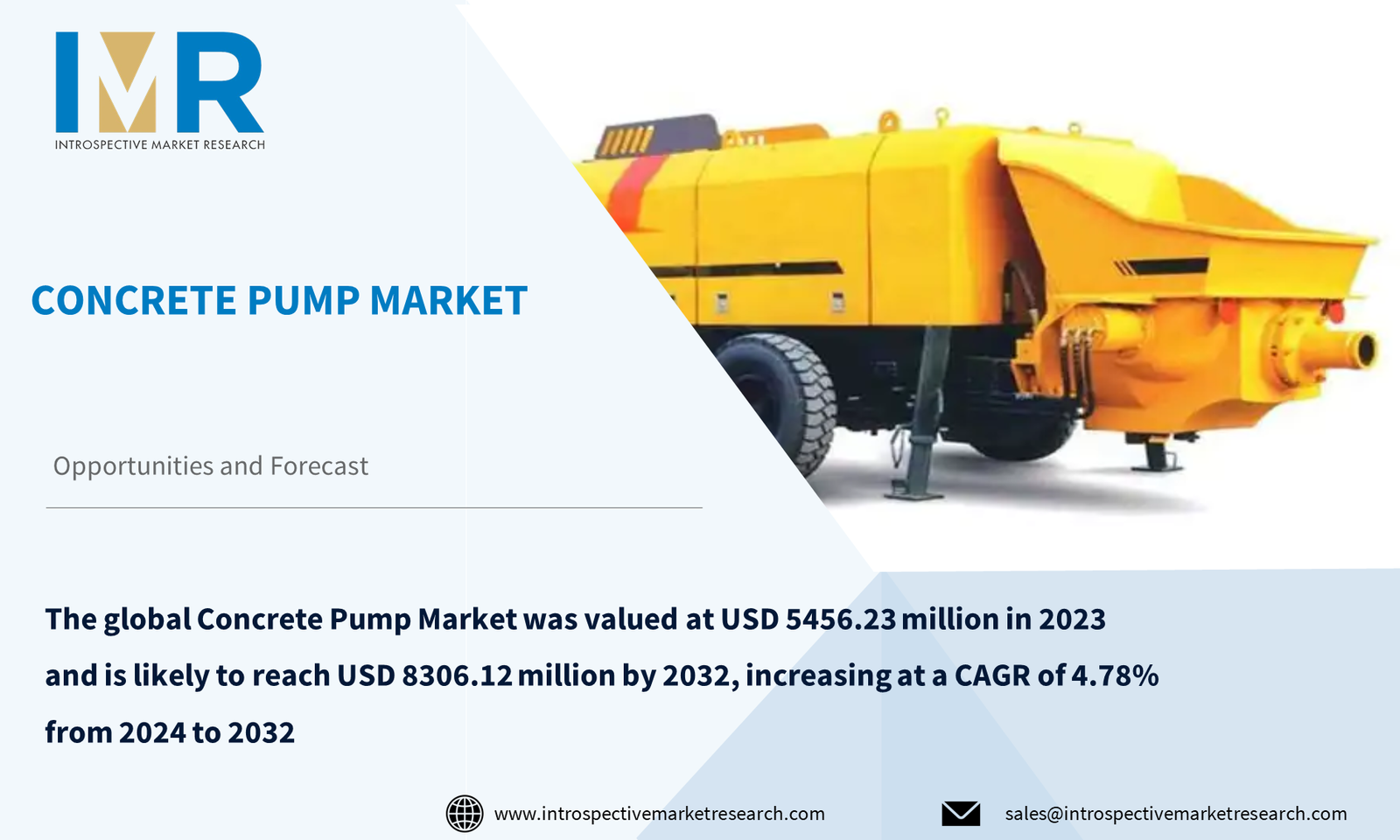IoT Operating Systems Market
According to a new report published by Introspective Market Research, titled, “IoT Operating Systems Market User Type, Application, Operating Systems, and Deployment Mode, and Region Global Market Analysis and Forecast, 2024-2032.
The Global IoT Operating Systems Market was valued at $ 5.22 Billion in 2023 and is expected to reach $ 72.57 Billion by the year 2032, at a CAGR of 33.97 %.
IoT Operating Systems (IoT OS) are software platforms that manage and facilitate the communication and operation of Internet of Things (IoT) devices. They provide a framework for connecting and controlling IoT devices, ensuring seamless interaction between hardware and software components. IoT OS optimizes resource utilization, enhances security, and supports various industry-specific IoT implementations, such as smart homes, industrial automation, healthcare, and agriculture.
Market trends in IoT OS highlight a growing emphasis on security features, addressing data privacy and unauthorized access concerns. The proliferation of IoT devices in critical sectors like healthcare, industrial automation, and smart cities drives the demand for robust security measures. The IoT landscape evolves, with a noticeable trend towards lightweight and scalable IoT operating systems. Real-time operating systems (RTOS) are gaining popularity for applications requiring rapid data processing and response times. The demand for IoT OS is fueled by the expanding adoption of IoT across various industries, necessitating sophisticated operating systems to efficiently manage the complexity of IoT ecosystems.
According to the IoT Operating Systems, the Market is segmented into User Type, Application, Operating Systems, Deployment Mode, and region. By User Type, the market is categorized into Large Enterprises and Small & Medium Enterprises (SMEs). By Application, the market is categorized into Smart buildings, Smart Utilities, Smart Healthcare, Industrial Manufacturing and Automation, Vehicle Telematics, and IoT Wearables. By Operating Systems, the market is categorized into Real-Time Operating Systems (RTOS), Linux-Based IoT Operating Systems, and Windows-based IoT Operating Systems. By Deployment Mode, the market is categorized into On-Premises and Cloud-Based. By region, it is analyzed across North America (U.S.; Canada; Mexico), Eastern Europe (Bulgaria; The Czech Republic; Hungary; Poland; Romania; Rest of Eastern Europe), Western Europe (Germany; UK; France; Netherlands; Italy; Russia; Spain; Rest of Western Europe), Asia-Pacific (China; India; Japan; Southeast Asia, etc.), South America (Brazil; Argentina, etc.), Middle East & Africa (Saudi Arabia; South Africa, etc.).
The widespread integration of Information Technology across various industry sectors is crucial for the adoption of IoT Operating Systems (IoT OS). As industries adopt digital technologies, there is a growing need for effective communication and connectivity. IoT OS provides a unified framework to manage interconnected devices, sensors, and systems, enhancing communication and connectivity.
The IoT Data Maturity Model offers a structured framework for organizations to evaluate and enhance their approaches to IoT data. It covers stages from basic data collection to advanced analytics and decision-making, allowing businesses to enhance data governance, quality, and utilization in IoT Operating Systems.
Global IoT Operating Systems Market, Segmentation
IoT Operating Systems Market is Segmented Based on User Type, Application, Operating Systems, Deployment Mode, and Region.
By User Type:
Large Enterprises segment is expected to dominate the market during the forecast period. The Large Enterprises segment is expected to dominate the IoT Operating Systems market due to their significant financial resources and demand for sophisticated, scalable solutions. They often implement IoT solutions across various departments, requiring advanced systems for the efficient management of interconnected devices. Their emphasis on comprehensive solutions, including analytics, robust security, and seamless integration, aligns with the core attributes of IoT Operating Systems. The importance of IoT applications in core business processes positions them as pioneers in adopting these technologies, contributing to innovation and efficiency in the IoT landscape.
By Operating Systems:
The Real-Time Operating Systems (RTOS) segment is expected to dominate the market during the forecast period. The Real-Time Operating Systems (RTOS) segment is expected to dominate the IoT Operating Systems market due to its ability to address critical needs such as instantaneous response times, precise timing, and consistent reliability. It is particularly crucial in industries like healthcare, manufacturing, and automotive for prompt decision-making and operational efficiency. As IoT applications expand to mission-critical functions like autonomous vehicles and industrial automation, the demand for RTOS is expected to rise, solidifying its position as a driving force for innovation and efficiency in the IoT Operating Systems market.
Region:
North America's non-profit sector is expected to dominate the market over the forecast period. North America is expected to maintain its dominance in the IoT Operating Systems market due to several factors. The US and Canada lead in driving technological advancements and widespread adoption of IoT. The mature business environment and favorable regulatory frameworks support the integration of IoT solutions. Key market players' substantial investments and strong focus on cybersecurity reinforce North America's leadership position. As industries like healthcare, manufacturing, and smart cities continue to embrace IoT technologies, the region is well-positioned to continue driving innovation and market dynamics.
Some of The Leading/Active Market Players Are-
- Apple Inc. (U.S.)
- Google Inc. (U.S.)
- Green Hills Software LLC (U.S.)
- Cypress (U.S.)
- Mentor Graphics Corporation (U.S.)
- Microsoft Corporation (U.S.)
- Wind River Systems, Inc. (U.S.)
- Silicon Laboratories (U.S.)
- AMD (Advanced Micro Devices, Inc.) (U.S.)
- Altera Corp (now part of Intel Corporation) (U.S.) and Other Active Players
Key Industry Developments
- In November 2023, AWS and Siemens expanded their alliance to seamlessly connect physical devices to the cloud. With improved collaboration, AWS IoT Site Wise Edge software can be installed directly from the Siemens Industrial Edge Marketplace.
- In June 2023, Rockwell and PTC expanded their partnership to emphasize sales of PTC's IoT and AR software. Rockwell Automation continues to resell PTC Thing Worx IoT software, which includes a digital performance management (DPM) manufacturing solution, to new and existing customers in the process and discrete manufacturing industries.
Key Findings of the Study:
- Large enterprises are expected to dominate the market due to their need for sophisticated, scalable solutions.
- Real-time operating systems (RTOS) are expected to dominate the market due to their ability to provide instantaneous response times and consistent reliability.
- North America is expected to maintain its dominance in the market due to factors such as a mature business environment, favorable regulatory frameworks, and substantial investments by key market players.







